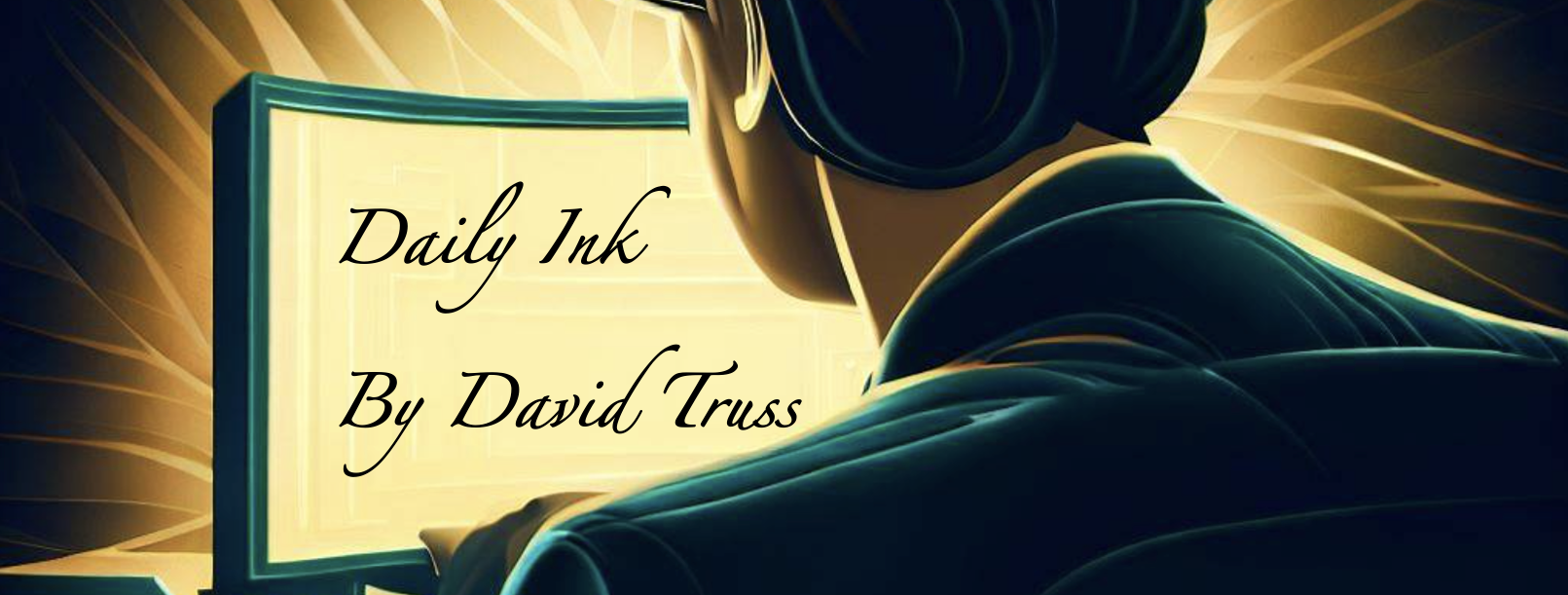Do you ever look at the length of an article or a video before deciding if you’ll bother reading or watching it? Do you ever stop what you are doing to read an incoming message or notification?
How many notifications do you get in a day? How many times is your attention on a task taken away by digital distractions?
After years of these interruptions, how are our brains being re-wired? However much the distractions affect us, they are distracting our younger generations more. I have many notifications turned off on my phone, and I’m not using apps as a means to communicate with friends regularly. Teens today are in constant contact with friends, and even parents, and the interruptions are continuous.
I recently had a lunch at a restaurant with family and no phones came out the entire meal. This is normal for us, but not what we see around us. My daughter mentioned a dinner we had on holidays in Whistler, where a family of a mother and three girls sat next to us. The youngest had headphones on and barely looked up from her iPad. Another was glued to her phone. The third was drawing and had one earphone in. None of them had a single conversation with their mom that any of us witnessed.
I have to wonder, are our attention spans shrinking? Are digital distractions affecting our ability to hold continued focus without interruption? Are we no more than Pavlov’s dogs, salivating at the sound of the next notification?
This isn’t new. TV used to interrupt our shows for commercials. Kids shows like Sponge Bob don’t hold the same camera angle for more than 4 or 5 seconds, giving constant stimulation even when nothing is happening. So, interruptions aren’t new, but they are exponentially worse on unlimited data, social media packed phones.
We are, as Neil Postman suggests, ‘Amusing Ourselves to Death‘. We are slowly destroying our ability to sit focused and uninterrupted on a single task. More than one notification came up while I was writing this, so I’ve obviously not figured out how to reduce the distractions myself. How many years of these distractions before we become incapable of staying on one task for any extended period of time?










 We walked about 1/3 the way up then we put on our grip-on cleats, and the cold air was a lot more difficult for me to tackle compared to the actual walking conditions. Still, we usually do the walk in 55 to 56 minutes and it took us 1 hour. A four minute difference.
We walked about 1/3 the way up then we put on our grip-on cleats, and the cold air was a lot more difficult for me to tackle compared to the actual walking conditions. Still, we usually do the walk in 55 to 56 minutes and it took us 1 hour. A four minute difference.





